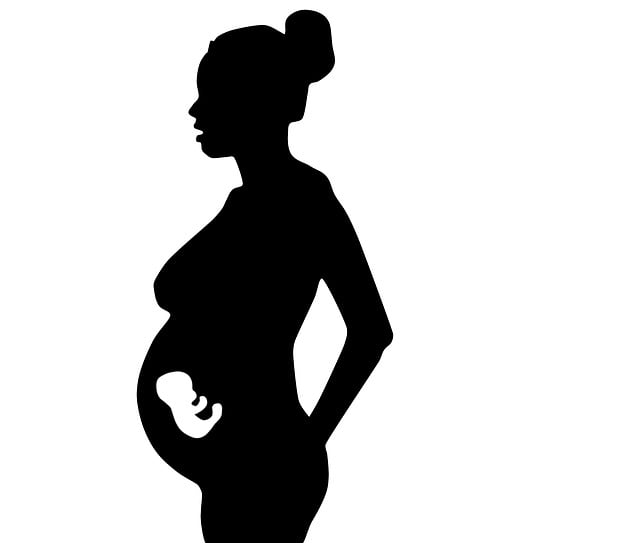Congratulations on your new arrival! While you may be relieved to say goodbye to some of those uncomfortable pregnancy symptoms like Braxton Hicks contractions and frequent bathroom trips, welcome to the new world of postpartum symptoms. From spotting to soreness, you might find yourself facing a variety of experiences after giving birth. Here’s a casual rundown of what’s typical and what could be cause for concern.
Common Postpartum Symptoms
After delivering your little one, it’s completely normal to experience symptoms such as:
- Vaginal Bleeding: You might notice a bloody discharge, often known as lochia, which can last for several weeks.
- Tender Breasts: As your body adjusts to breastfeeding, your breasts may feel sore or engorged.
- Soreness: Whether from stitches or general discomfort, many new moms find themselves feeling sore in various areas.
- Bowel Changes: Painful bowel movements can happen too, often due to the changes your body has gone through.
If you’re feeling overwhelmed, remember that it’s all part of the process! For those who had a C-section, symptoms may differ, with additional considerations such as incision pain and healing.
Mood Changes
It’s not uncommon to experience shifts in your emotions after giving birth. While some mood swings are perfectly normal, be on the lookout for signs of postpartum depression or other mood disorders. If you feel persistently down, anxious, or overwhelmed, it’s essential to reach out for support.
When to Seek Help
While many postpartum symptoms are typical, certain signs can indicate more serious complications. Keep an eye out for:
- Severe bleeding
- Uncontrollable nausea
- Fever or chills
These could be signs that you need to seek medical help immediately.
Duration of Symptoms
Most postpartum symptoms will gradually improve over time. Lochia, for instance, typically lasts for about four to six weeks, while soreness may subside as your body heals.
As you navigate this new chapter, you might also be interested in exploring options around family planning or conception. If you’re considering insemination, check out Make A Mom for a unique, reusable at-home insemination option. They provide a detailed guide on how it works, making the process clear and accessible. Additionally, if you’re curious about the possibility of conceiving with conditions like endometriosis, read our post on can you conceive if you have endometriosis for more information.
For those exploring donor sperm options, you might find valuable insights in The Best Tools for Donor Sperm. Learning about these options can empower you to make informed decisions about your family planning.
Lastly, if you’re looking for authoritative information, Wikipedia on Artificial Insemination offers a wealth of knowledge on the subject.
In summary, while postpartum symptoms can be varied and sometimes uncomfortable, knowing what to expect can help you navigate this phase with more confidence. Always reach out for help and support when you need it!
